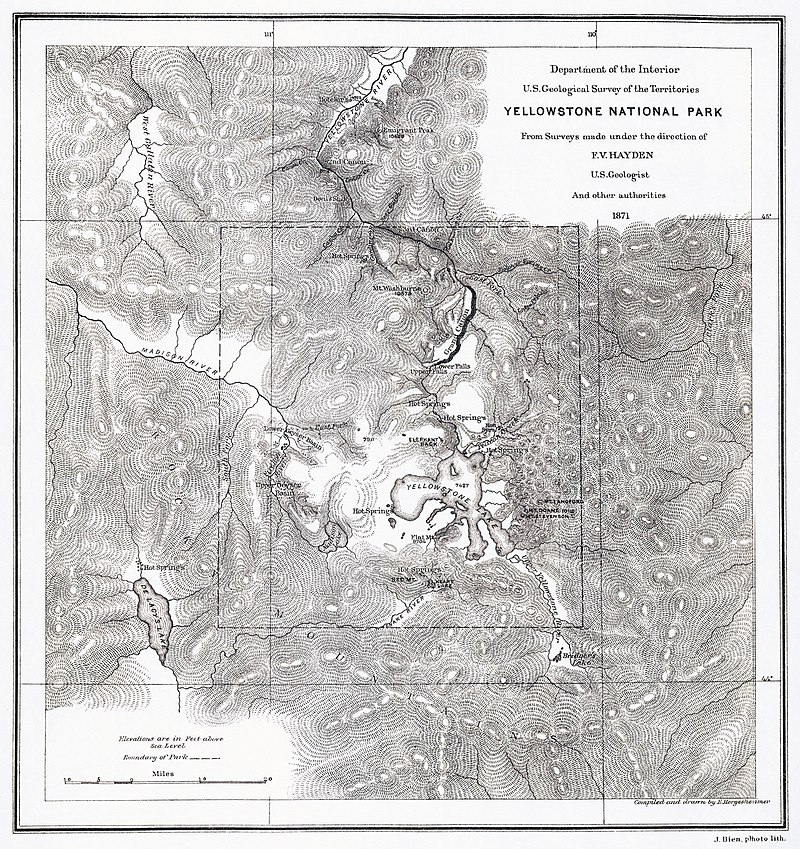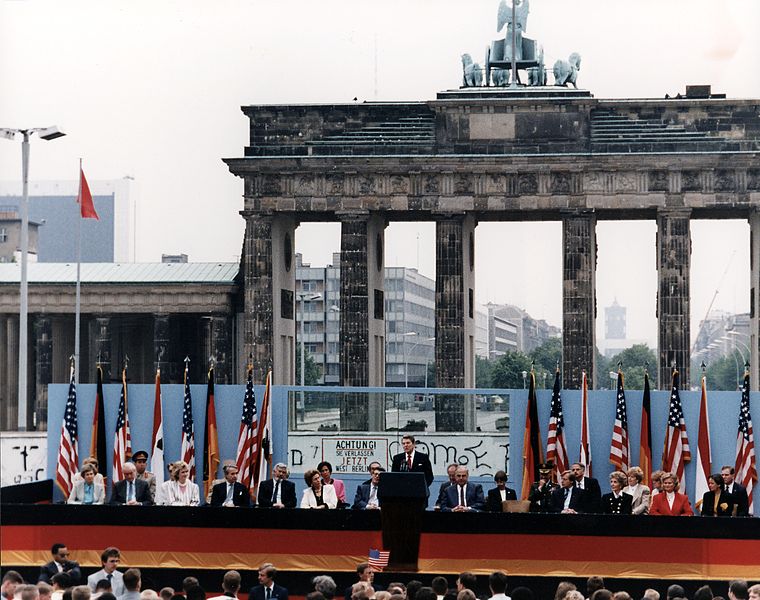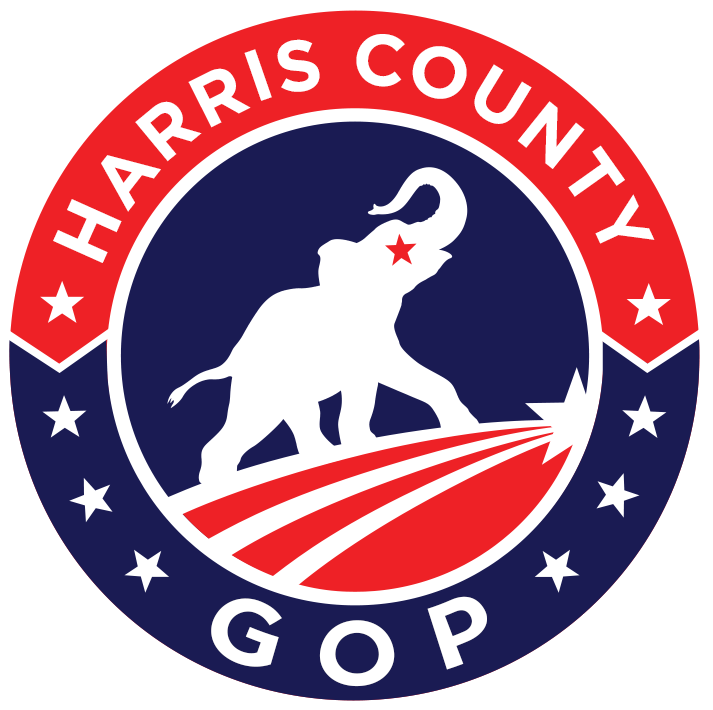10 Guiding principles in the
Texas Republican Party
The strict adherence to the original language and intent of the Declaration of Independence and the Constitutions of the United States and of Texas.
The sanctity of innocent human life, created in the image of God, which should be equally protected from fertilization to natural death.
Preserving American and Texas sovereignty and freedom.
Limiting government power to those items enumerated in the United States and Texas Constitutions.
Self-sufficient families, founded on the traditional marriage of a natural man and a natural woman.
.
Having an educated population, with parents having the freedom of choice for the education of their children.
.
The inalienable right of all people to defend themselves and their property.
.
A free enterprise society unencumbered by government interference or subsidies.
.
Honoring all of those that serve and protect our freedom.
.
Personal accountability and responsibility.
.
Grand new party.
It began in a little schoolhouse in Ripon, Wisconsin, in 1854. A small group of dedicated abolitionists gathered to fight the expansion of slavery, and they gave birth to a Party dedicated to freedom and equal opportunity.
The name “Republican” was chosen, alluding to Thomas Jefferson’s Democratic-Republican Party and conveying a commitment to the inalienable rights of life, liberty, and the pursuit of happiness.
The Party was formally organized in July 1854 by thousands of anti-slavery activists at a convention in Jackson, Michigan. And it was no accident that two years later, in 1856, the first Republican National Convention took place in Philadelphia, where the Constitution was written.
The name “Republican” was chosen, alluding to Thomas Jefferson’s Democratic-Republican Party and conveying a commitment to the inalienable rights of life, liberty, and the pursuit of happiness.
The Party was formally organized in July 1854 by thousands of anti-slavery activists at a convention in Jackson, Michigan. And it was no accident that two years later, in 1856, the first Republican National Convention took place in Philadelphia, where the Constitution was written.
Party of Freedom.
Though popularized in a Thomas Nast cartoon, the GOP’s elephant symbol originated during the 1860 campaign, as a symbol of Republican strength. Republicans envisioned “free soil, free speech, free labor.” Under the leadership of President Abraham Lincoln, the GOP became the Party of the Union as well.
Party Of Prosperity.
Low taxes, sound money, regulatory restraint: these were among the commonsense economic policies established by the GOP that brought about decades of prosperity after the Civil War. Republicans encouraged innovation and rule of law. Buttressed by Republican control in Congress, the McKinley, Theodore Roosevelt and Taft administrations cleared away obstacles to economic growth.
President Dwight Eisenhower and congressional Republicans appreciated the fact that the private sector, not government, is the engine of wealth creation. With his bold tax-cutting agenda, President Ronald Reagan revived the economy after years of Democrat malaise.
President Dwight Eisenhower and congressional Republicans appreciated the fact that the private sector, not government, is the engine of wealth creation. With his bold tax-cutting agenda, President Ronald Reagan revived the economy after years of Democrat malaise.

Party Of Vision
Party Of Strength
President Reagan and President George H.W. Bush led western democracies to victory over Soviet tyranny in the Cold War. The George W. Bush administration maintained the military second-to-none and projected that power in the fight against international terrorism.


